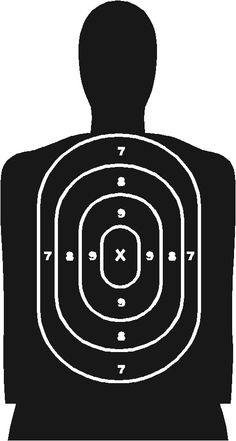 I’ve been thinking about fidelity and granularity in RPG systems again, specifically the virtues of high fidelity, high granularity systems (such as, say, Basic Roleplaying) versus broad-stroke, low fidelity systems such as FATE.
I’ve been thinking about fidelity and granularity in RPG systems again, specifically the virtues of high fidelity, high granularity systems (such as, say, Basic Roleplaying) versus broad-stroke, low fidelity systems such as FATE.
For a long time the trend has been towards simpler and simpler systems.
Low fidelity systems are – generally speaking – quick and easy to play and fit better into the increasingly rushed schedules and limited time of an ageing audience for RPGs. There’s less note taking, less dice rolling, combat moves more swiftly and unified systems make the games easier to learn, all positives.
On the downside, low fidelity systems mean that there’s little granularity. A small difference in the game’s statistics makes a big difference to a result. If your game is based on a 1-6 roll, for example, then a +1 bonus makes a difference of almost 17%, which is huge. Low fidelity systems also tend to lack meaningful capacity for customisation and for differentiation between one character and another. They also tend to have limited capacity for growth, meaning that long term games tend to break down much more quickly.
High fidelity systems with high granularity allow for high degrees of customisations and meaningful – if small – differentiation between characters. In a percentile system – for example – a single point bonus is only a 1% difference, which is probably as much of a scale as you’d want to go for. Characters can fine tune their equipment and situations to squeeze out every possible bonus, however small, and see a return on that investment in results. For tech-heads, car fanatics and gun-nuts this kind of fine tuning can be immensely satisfying and knowing that recalibrating your sights between each combat makes a real difference can also encourage players towards more simulationist, ‘realistic’ play.
The problem with high fidelity systems is that they tend to be slow and fiddly. Even basic arithmetic slows down with larger numbers and the more realistic the system the more there is to remember, the more special conditions, special rules and so on you have to worry about. This can happen with low fidelity systems too as special conditions and abilities proliferate, but it is more of an inherent problem within high fidelity game systems from the get go. Even without any special additional rules or exceptions.
Another issue is that we’re bound to our dice. If we want a realistic probability curve then, ideally, we want to use two dice and to combine their numbers.
EG: 2d6 will produce the following curve of results.
 While a single dice roll returns a flat probability level.
While a single dice roll returns a flat probability level.
In general a single dice is a good bet for a game of heroic adventure where you can fail or win big at the roll of a single die, while a combined dice roll is better for more gritty and realistic games. FATE throws a spanner into that theory, but that’s more about characters being reliably awesome at what they do I think.
High fidelity comes with using large dice, but the largest dice available to us is the d100 and using combined results at that level simply isn’t practical. Computers are simply better at handling that kind of thing invisibly and out of the way while the usual role-playing, tabletop situation retains the edge for more improvisational and less fiddly gaming of a more narrative and heroic bent.
Given that we now live in a world where everyone is carrying computers around with them all the time, are we truly limited by the shapes of physical dice?
Could we use random number generators of custom values to roll and combine ‘dice’ with any number of sides to give us a truly random range?
Suppose we had a system with infinite, potential, range but based around a 1-100 scale and where a score of fifty was needed for an average success.
Suppose Joe is at the firing range with a 9mm pistol, but has never, ever used one before. He has a Hand-Eye of 62/100 and a Pistol Skill of 5 – he’s only played a few video games.
 The Glock 17 he’s firing has an effective range of 50 metres (+50 skill) and he’s shooting at a range of 15 yards (-15 skill). He’s taking his time to carefully aim (+6 stat) and is using the iron sights (+1 Skill).
The Glock 17 he’s firing has an effective range of 50 metres (+50 skill) and he’s shooting at a range of 15 yards (-15 skill). He’s taking his time to carefully aim (+6 stat) and is using the iron sights (+1 Skill).
His final rolling dice are d68+d41. The results? 4+30=34. A miss. He manages, somehow, to miss the target completely. Probably clipping the edge of the target.
He takes a breath and takes a second shot, with instruction from a firing instructor with a skill/stat combo in teaching of 100, giving +10.
This time he’s rolling d68+d51. The results? 20+25=45, a miss again, but better.
A third shot. d68+d51. The results? 51+47=98. A good, solid hit, good enough to hit the ‘X’ in the centre of the target – though more by luck than judgement. His average, reliable shot at this range would be around 60. Good enough to hit the ‘8’ band on the target with some success.
For high fidelity systems, the possibility of rolling a dN and doing it in combination, could allow for a renaissance in systems with granularity and where small differences in weapons, equipment and training can matter. The trick will be stopping it getting too complex and creating paperwork that counters the possible advantages.
